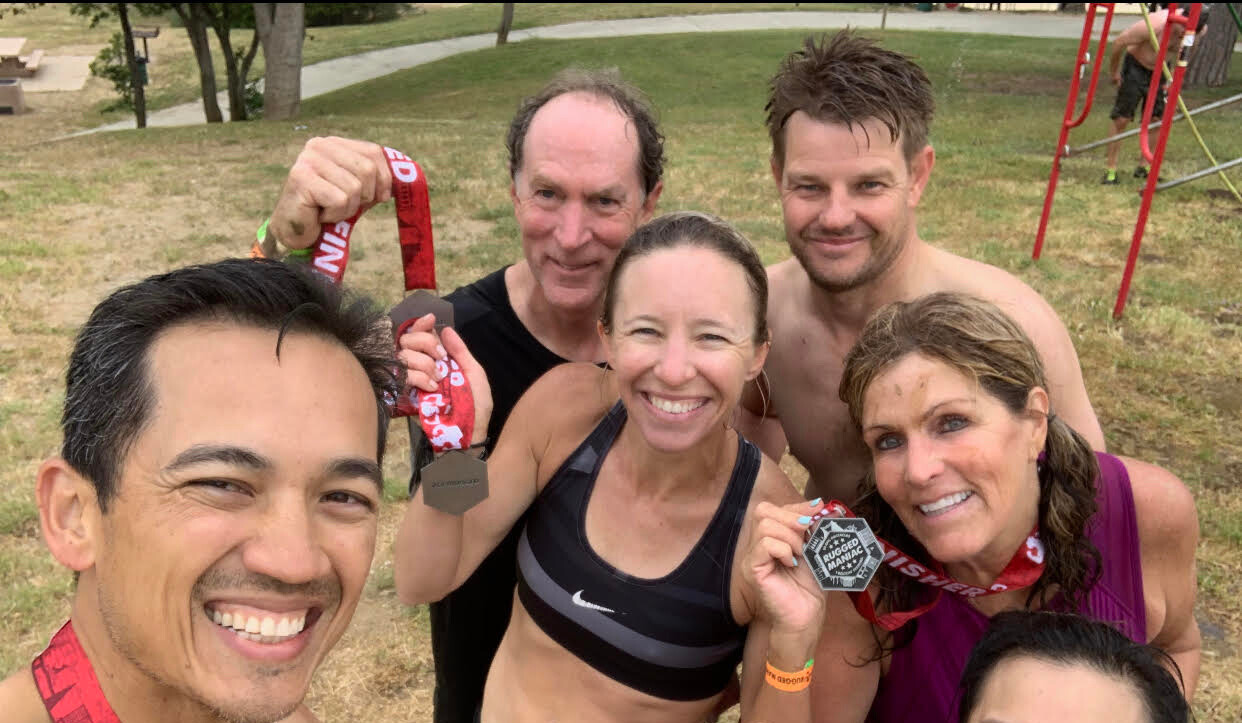Why training harder may not make you faster (A new approach to running)
April 17th, 2023 | 3 min. read
By Jen Azevedo

The mantra for runners has always been to train harder and longer. More miles. More hours. More PRs. Then you’ll become a better runner with increased speed, endurance, and capacity.
But this method has not proven to work. In fact, it often leads to exhaustion, injury, and more time in recovery than training.
Coaches are now exploring how to train runners in new and innovative ways that are both sustainable and can last a lifetime.
The Paseo Club is a social club in the Santa Clarita Valley that offers fitness facilities, pickleball and tennis courts, and a junior Olympic pool. Often our instructors are asked how best to train for speed.
In this article, you will learn what the old paradigm for training was, what the hazards are from that approach, and how you can train smarter for better results and good health.
What is the old approach for training a runner to improve their speed?
Most runners feel like the more they train, the harder they train, and the faster they train, the better they will be.
This approach to running extends into the mindset of the athlete as well. Training all out is associated with showing dedication and commitment.
Unfortunately, this type of training is not only ineffective, but it can also lead to burnout and injury. This old-school style of thought is being reevaluated for runners today so they can enjoy the process and still find the gains on race day!
Why does training harder not always result in better results?
You may get faster when you consistently reach your race pace in training runs. But you are also working at your highest levels, which is mentally and physically exhausting.
When you work at a “good” level in most of your workouts, you’ll have the mileage to be strong and the mental capacity to push when you need it.
Training at moderate levels minimizes the chance of injury from falls or repetitive movement.
How does the “injury cycle” affect progress?
Giving your all in every training run puts a lot of pressure on your body. It’s much easier to pull a muscle, get so sore that you start overcompensating with other parts of your body, or even tear something when you are always going for 100%.
When those hard workouts are the norm, the extra wear and tear on your joints and muscles can add up to small injuries that refuse to go away even before the big one hits. This approach means for every two steps forward, there is one step back.
When you don’t push to your absolute limit in every training scenario, you can better assess your body and how it’s adapting.
What is the role of using moderate exertion to increase speed?
Research shows training at high intensity initially pays off. But after 12 weeks, people who train more moderately (often referred to as B+ workouts) meet the same level of progress.
Training at a B+ degree of intensity means you are still working hard. The workout doesn’t need to be easy, and you still feel like you worked out, are tired, and have resulting soreness.
The idea of the B+ workout is that you feel that you still have a little left in the tank rather than being completely spent at the end.
One way to assess if you are doing a B+ workout is at the end of the session to ask yourself if you can do one more segment, one more mile. The answer should be yes.
Facing race day
Racing is not easy. Coming to the start line is stressful even for seasoned runners. You've done everything in your power to prepare (or maybe you haven't) and now it's time to actually do the run.
Your bib is fastened, your shoes are tied, and it's time to listen to the National Anthem and the start gun.
If you've been pushing yourself in A workouts during your training, this might be the time when you take stock of the small injuries that have crept in, the fatigue that exists in your muscles, and the mental exhaustion you've been experiencing.
If you've been diligent with B+ training, you may instead have some lightness in your step, feel fresh and energized legs, and get to feel excitement for the miles ahead of you.
One of these sounds much better than the other…
 Final thoughts on B+ training
Final thoughts on B+ training
Using the B+ mentality gives you the opportunity to enjoy the process a little more because you aren’t always pushing yourself to the limit.
Let a B+ workout be one where you can take in the sights around you, or chat with a friend. B+ running should allow for short sentences!
In this article, you learned about training safely and sustainably as an athlete. Although the focus of the article is on running, this method applies to bikers, swimmers, and people who do weight lifting, resistance, and HIIT training.
The Paseo Club is a community-focused club for people who value health, fitness, and connecting with fellow members. We offer over 60 fitness classes each week, from yoga to barre, and cardio strength to LIFT.
If you are interested in seeing if the Paseo Club is a good fit for you, Then schedule a tour today to check out the training areas, courts, pool, cafe, child care center, and spa.
Read these three articles to learn more about the Paseo Club.
Jen Azevedo is a tennis professional, pickleball professional, personal trainer, group exercise instructor, and the general manager of the Paseo Club. She loves the community at the Paseo Club and that it is also a safe and fun place for her daughter. Jen’s favorite activities are joining her tribe for trail races or her partners for tennis matches. Occasionally Jen slows down to relax with a book — she reads over 100 a year!
Topics:


